Morning glory care and growing guide: expert tips for these climbing beauties
Find out how to grow morning glory and moonflower climbers with prolific, trumpet-style petals and well supported, quick-growing vines

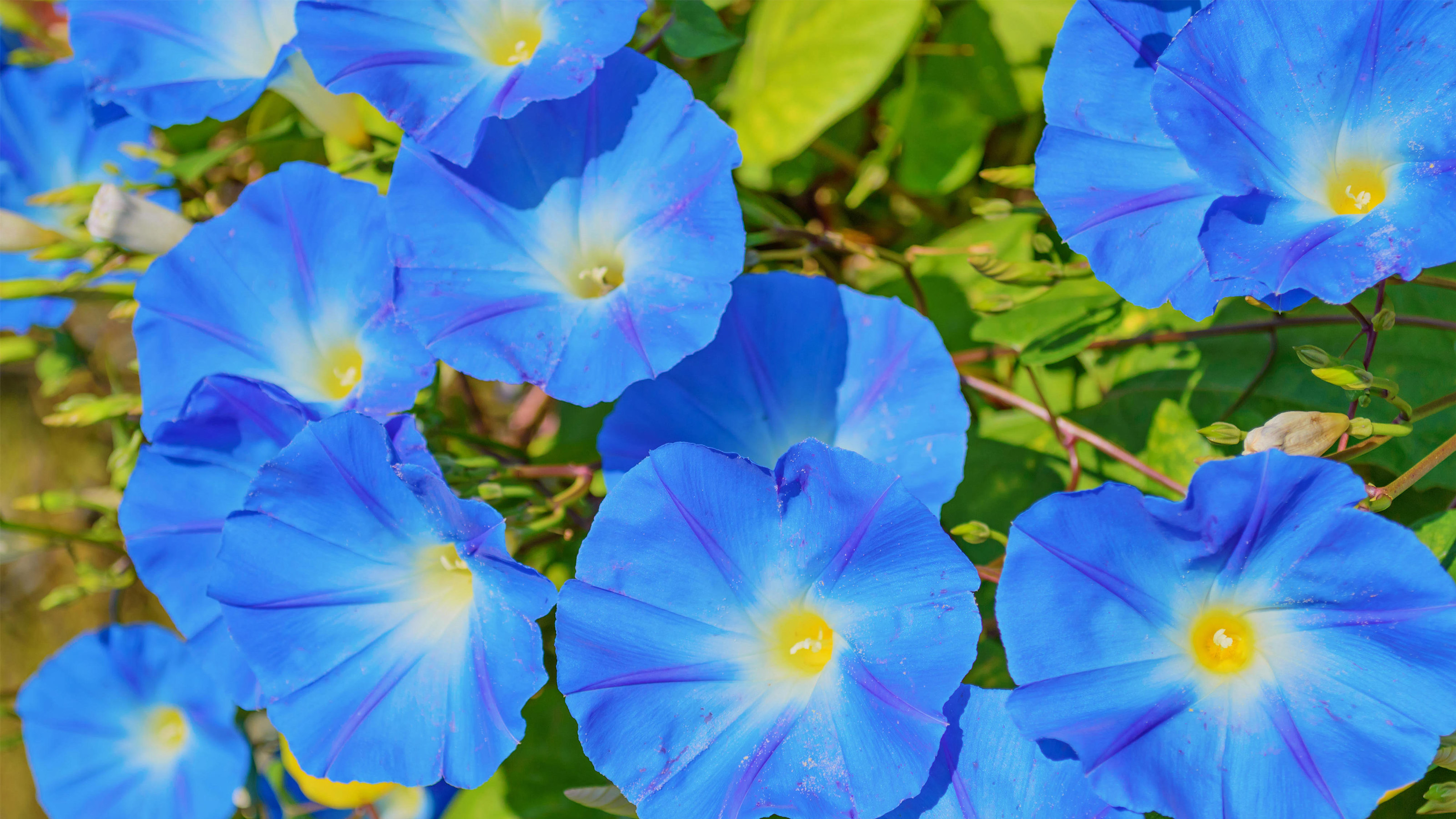
Morning glory (or moonflower) is a stunning summer-flowering vine that clambers up fences and supports and quickly bursts forth with weeks of exotic color. It is ideal for sunny spots, opening in a continuing succession of large trumpet-shaped flowers from early summer until the first frosts. What is intriguing about these blooms is that they open for only part of the day. They either unfurl in the morning and close up later, or open in the evening for a few hours into the night.
These plants are mainly grown as annuals. They rise, bloom, seed and die all in a single season. However, in tropical climates, some may survive two or three years, and sometimes more. The flowers come in a wide range of colors, although not orange or yellow. Sometimes, two or three colors are splashed together in one flower, or the flowers have two or three zones in different colors. A few varieties have veins or stripes in their petals, while other blooms present as a single shade. When you grow morning glory, you will be fortunate enough to see lots of wildlife fluttering around your flowers, including hummingbirds and butterflies.
Morning glories make excellent climbing plants as long as there is plenty of sunshine. They are also perfect for patios and pergolas, for growing against fences, and for cottage garden designs where tall frames can be erected. They support themselves by twining around supports and will utilize anything their stems encounter, from a chain link mesh to a wooden trellis, plus mature shrubs and even the bare lower stems of an old vining rose. Here we show you how to cultivate your own charming, colorful climbing trumpets.
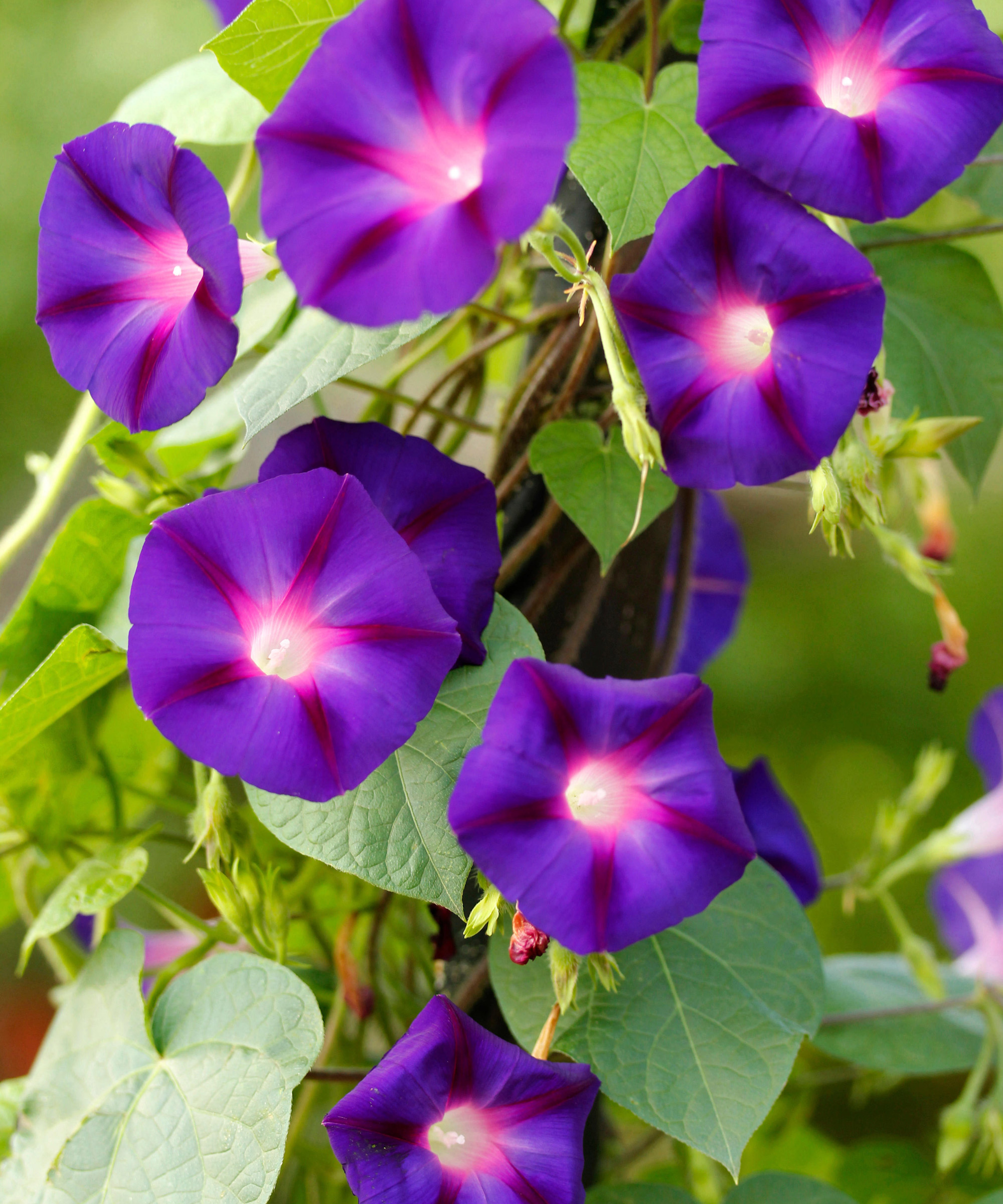
Morning glory: key facts
- Plant type: Hardy/half-hardy annuals and perennials
- Mature size: 12in-8ft (30cm-2.4m)
- Soil type: Any good soil, not parched/waterlogged
- Soil PH: Slightly acid, neutral, slightly alkaline
- Time of year to plant: Spring
- Flowering time: Summer and early fall
- Flower color: Purple, blue, white, pink, mixed
- Hardiness zones: USDA Z6-10 (RHS H1c)
- Scientific name: Ipomoea
- Common name: Morning glory, moonflower
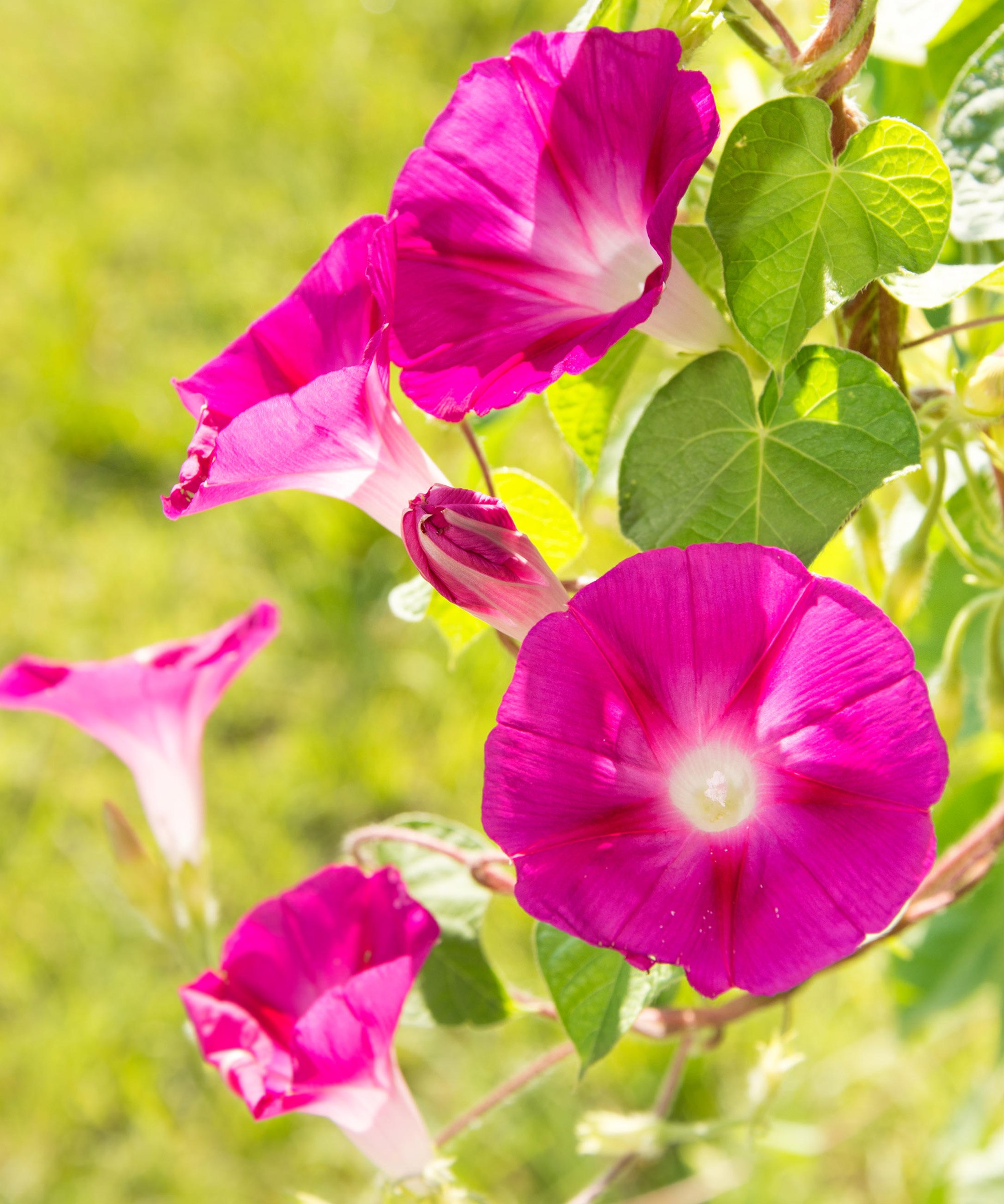
How to choose a morning glory
For the best morning glory plants, pick a named variety from a trusted supplier. Some of the most popular shades are purple, blue and deep pink. Amongst the most dramatic violet varieties are ‘Grandpa Otts’ and Mexican Morning Glory. Meanwhile, for lovers of hot pinks, there is ‘Crimson Rambler’ and ‘Scarlett O’Hara’.
‘Heavenly Blue’, with its white-throated sky-blue coloring, is a beautiful choice for azure petals. And for those after bold Japanese garden ideas, there are some even more unusual options. These include one called ‘Chocolate’ with flowers that are (yes) the color of milk chocolate!
Morning glories and moonflowers fall into two groups. There is a group of annuals, and a group that behave as perennials in tropical climates (USDA Z10) and annuals in colder areas – although the boundaries are blurred. Here’s how to best choose which is most suitable for your needs:
- Annual vines: These are raised from seed each spring. Ipomoea tricolor has flowers in tones of pale blue to deep purple, opening each morning. The common morning glory (I. purpurea) is tougher and comes in a wider range of colors, including blues, purples, pinks and white.
- Perennial vines: In tropical zones, two species behave as short-lived perennial vines. Moonflower (I. alba) is a perennial in the south, and is treated as an annual raised from seed-starter kits in colder zones. Its white flowers open in the evening. Meanwhile, Japanese varieties (I. nil) have flowers that open in the morning.
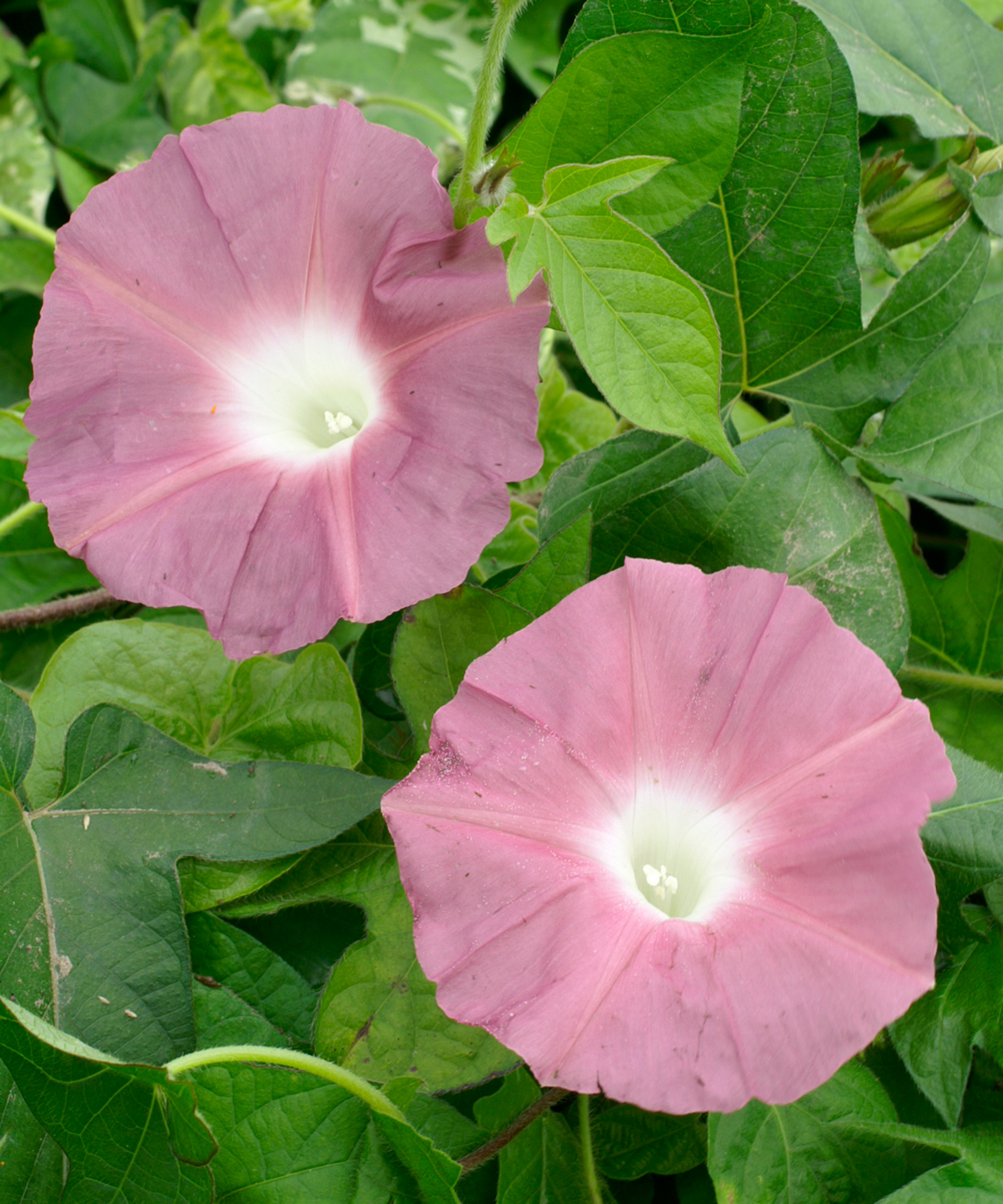
Where and when to plant morning glory
In all but the warmest zones, most morning glories and moonflowers need the protection of a sunroom, greenhouse or starter kit. This is certainly important for starting off your plants from seed, as it ensures effective germination and helps more seeds to sprout. Seeds of common varieties can be sown outside in late spring in zones 7-8.
Choose a sheltered spot, ideally near a sturdy garden fence or other climbing plant support like a pergola, teepee or obelisk. A well-screened patio or deck will also work well. This is particularly effective for the fragrant moonflower (I. alba) types that open later in the day, adding something special to summer evenings on the deck.
Wherever you choose to grow morning glory, make sure you pick a site that gets plenty of sun. Lack of warmth and sunshine are the main reasons for a morning glory not blooming. They can handle periodic bursts of light shade, but you are going to get the healthiest, most spectacular flowers if your plants grow in full sunshine.
Also, because these plants are keen, adventurous and fast growing climbing plants, pick a spot that will allow for a lot of extra growth.
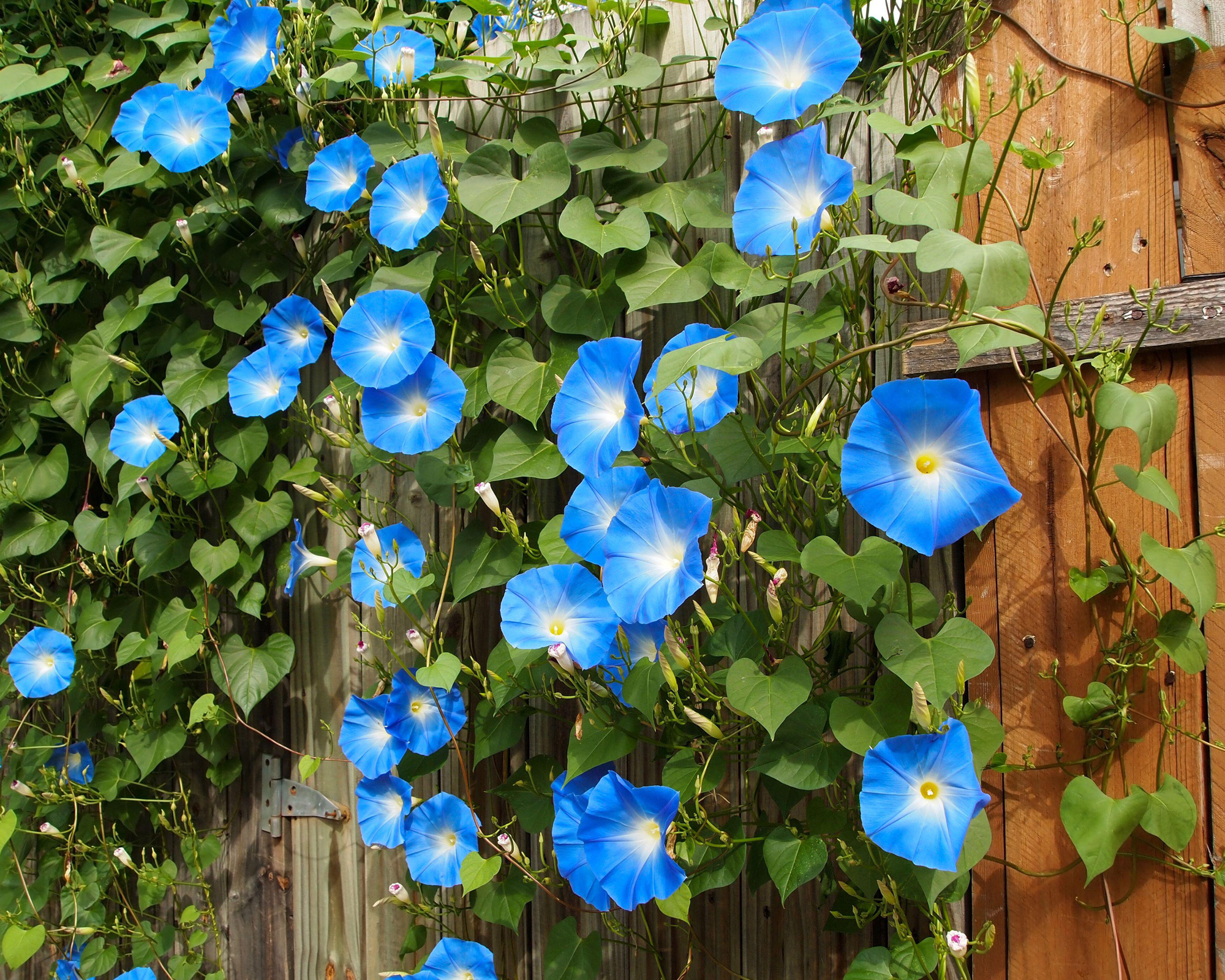
How to plant morning glory by seed
Once you have decided on a good spot for your plants, knowing how to grow morning glory is the same whether you grow annual or perennial vines. Sowing undercover using a seed-starting kit in a warm, sunny room or greenhouse is a straightforward process. These tips will ensure you have the best chance of success:
- Sow two seeds per module or small 3in (8cm) pot. Make sure you check the detailed guidance on the seed packet.
- Ensure that seedlings don’t dry out and keep them at 70˚F (21˚C). Shoots should emerge in a week or two.
- Place somewhere with a temperature of 60-70˚F (15-21˚C) and a thin cane support. Ensure shoots have adequate space to grow. Harden off if you intend to transplant outside.
- Plant outside when the risk of spring frost has passed. Frost can kill young plants, although common varieties are less sensitive to this.
- Young morning glories respond well to good soil and regular feeding, so add a little garden compost to the planting area. However, these plants like drier conditions once established and growing well.
- Make sure you plant them close to their intended support. The stems will usually find their way to it by themselves, but may need a little guidance.
For those looking for inventive container gardening ideas, you can also keep morning glories in pots and baskets. According to Christopher Lloyd, one of the most influential English gardeners, ‘Heavenly Blue’ is excellent grown in 5-6in (12-15cm) pots. As he pointed out, the root restriction suits it, making it convenient for training on a trellis against a building.

How to care for morning glory
Looking after your morning glory shouldn’t be tricky. These plants don’t require much attention once planted out. In terms of looking after plants that have been planted out, just be sure to protect plants from frost using fleece or another light covering. Some gardeners protect small plants using large drinks bottles with the bases cut off.
As your plants start to grow, make sure they are never short of water. If your glories are in poor soils or in containers, add a little tomato food every two weeks. And once they start to climb in earnest, you may need to guide the twining stems to your supports of choice. Once they start to grip, they will romp away.
The final act of morning glory care involves support. As your morning glories grow and spread, you’ll need to keep checking the stability of any frame you might be using to support them. Adjust the ties and fastenings as necessary to keep things secure as your plants develop and make sure they are well propped up for flowering.
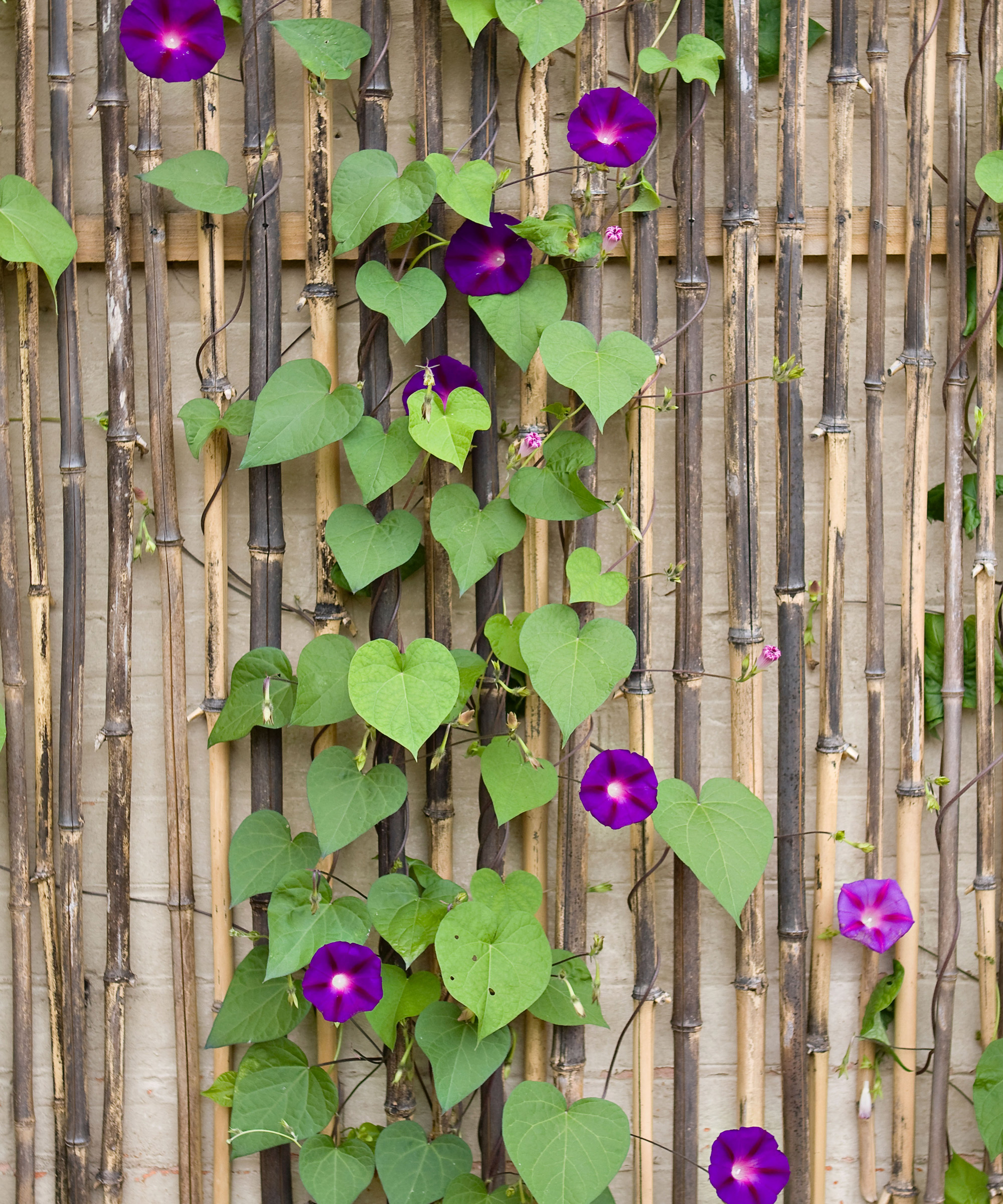
How to make more morning glory plants
If you want to make more morning glories and moonflowers, the best way is to do it from seeds. These plants are generally grown as annuals, with a few exceptions, so look to grow fresh every year. The simplest approach is to buy a packet or two of morning glory on an annual basis. Don’t be afraid to try a new color as well as an old favorite.
It is also possible to grow flowers from seeds gathered from existing plants. You can collect the seeds once the dead flowers are ready to fall. Keep an eye out for small round pods at the ends of stems. Once the pods are hard and brown, crack them open to retrieve the seed. Seeds will often drop from plants and sprout in late spring or early summer the following year. They will then twine up through the same host as the previous year.
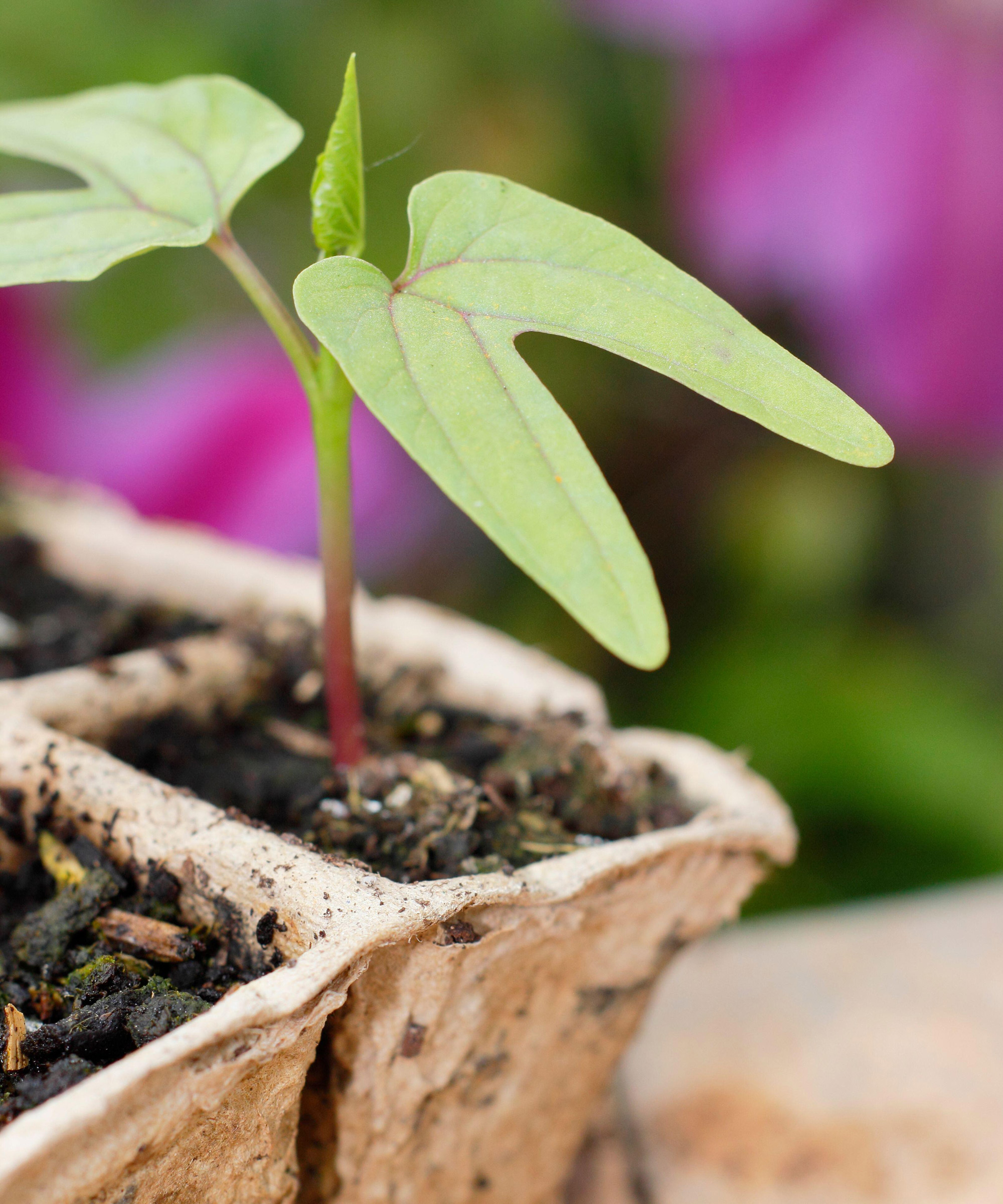
Morning glory problems and how to solve them
Morning glories and moonflowers are troubled by relatively few problems. You might find that the shoot tips sometimes turn pale yellow, but this is usually the result of a few chilly nights, and plants soon grow out of it. These plants also dislike drying winds, so if this is likely to be an issue then make sure you plant them in a more sheltered spot.
Deer may eat them, but usually while foraging on a plant through which the morning glory is twining. The only other problem of note is that of aphid infestations. Clusters of aphids are sometimes seen on the young shoots. If you are looking to get rid of aphids, they can be washed off with a spray of water from the hose. That said, you might find that a mist of soapy water is more effective as a long-term solution. If the problem becomes more severe, use an organic insecticide.
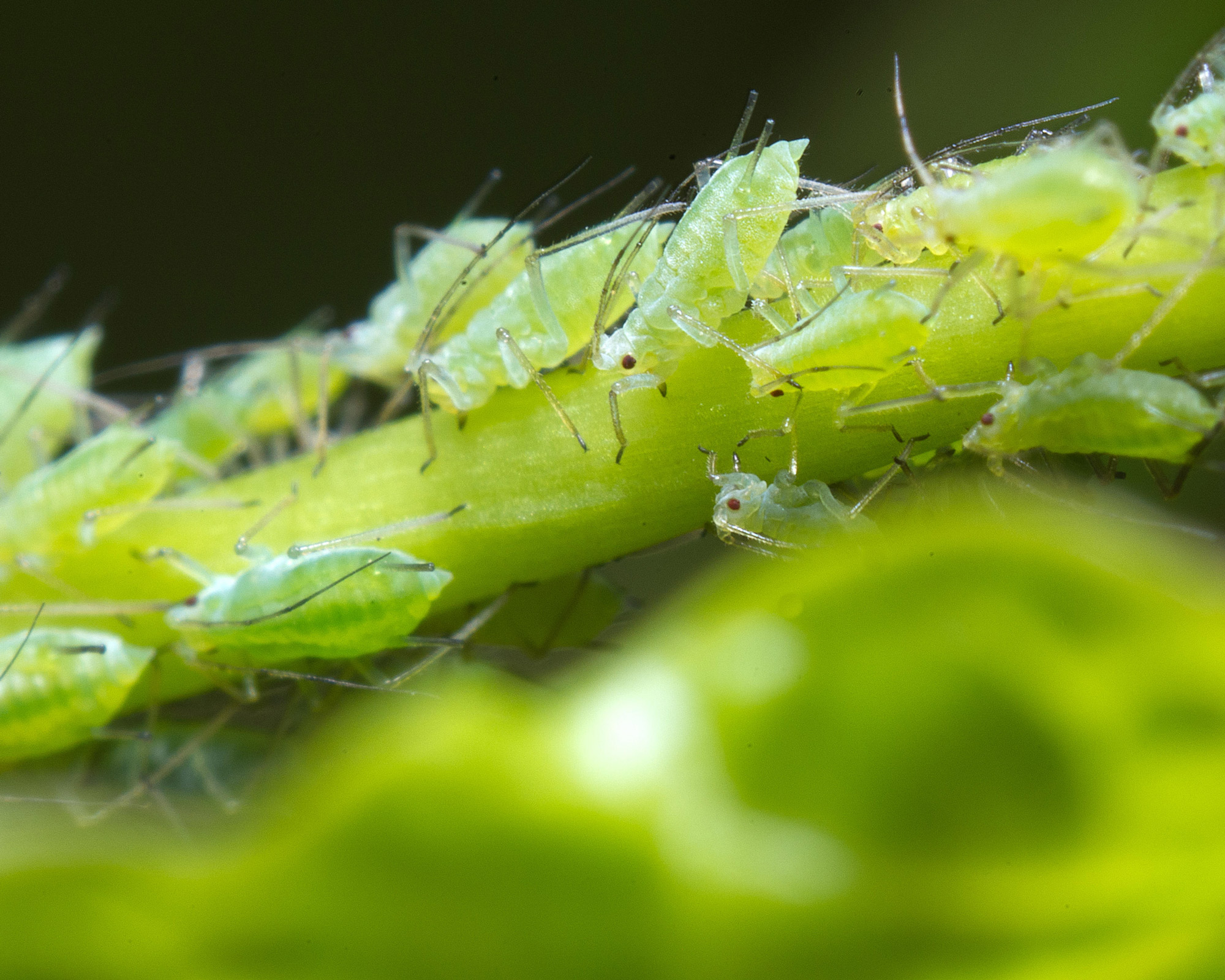
Is my morning glory a different plant?
Morning glories are related to twining plants called convolvulus (or bindweed plants). These have similar-shaped trumpet flowers. Field bindweed (Convolvulus arvensis) can smother surrounding plants. But then there are convolvulus like C. sabatius (blue rock bindweed, above) which are more well-behaved and fine to grow in a pot or basket.
You may also spot a morning glory look-alike with white trumpet-shaped flowers and heart-shaped leaves. This aggressive perennial might look similar, but is classified as calystegia. Hedge bindweed (Calystegia sepium) is a rampant plant with deep roots, and hard to remove.
There are other plants which can look similar in bloom. The sweet potato plant (Ipomoea batatas) is closely related to morning glory vines. Recent years have seen the introduction of ornamental forms of sweet potatoes for the garden. Some varieties of sweet potato can be grown in containers for their colorful foliage.
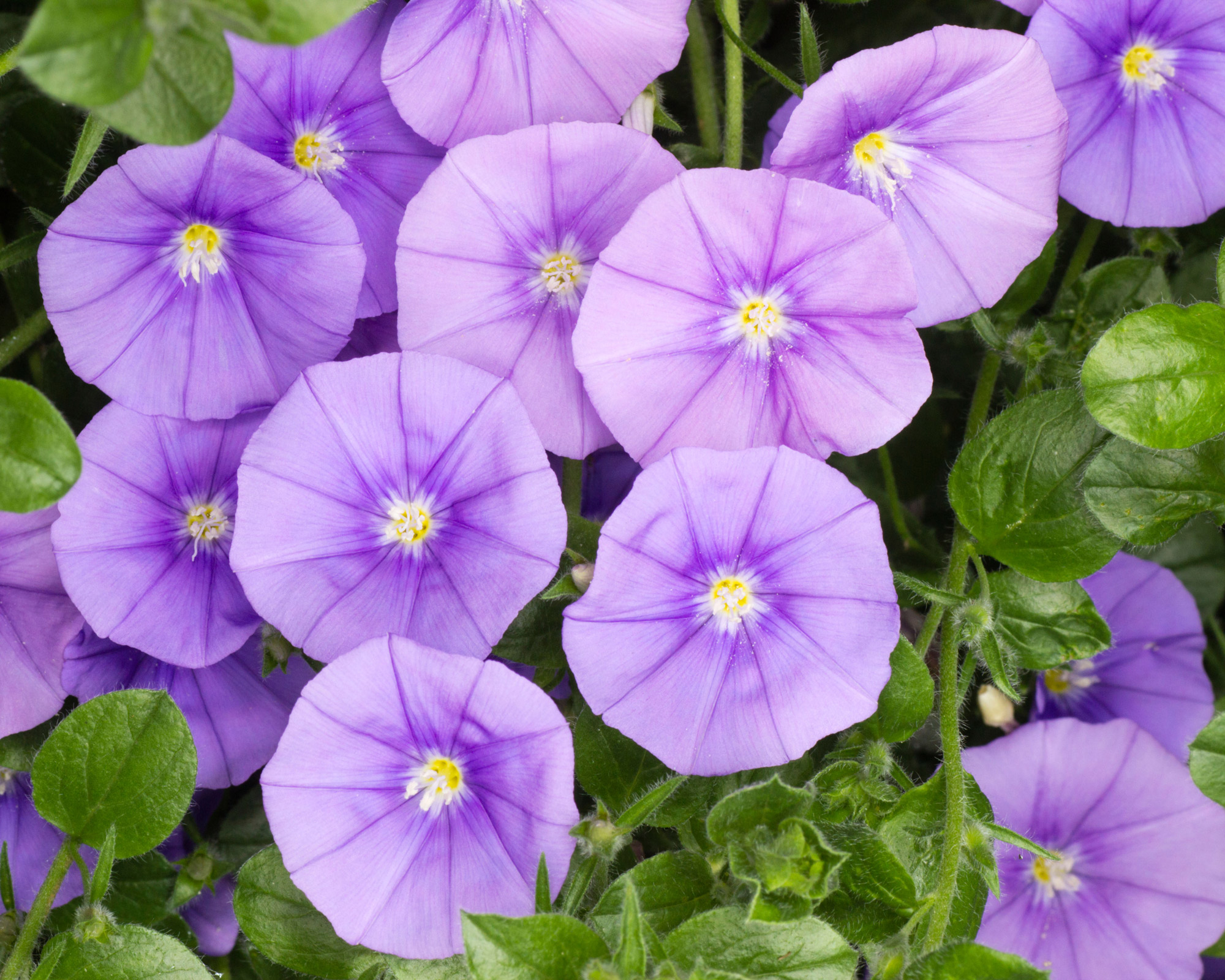
Is firecracker vine a morning glory?
The firecracker vine is described as a morning glory, though it looks different. In recent years, experts who specialize in classifying and naming plants have been revisiting the firecracker vine, aka the Spanish flag vine. Its scientific name used to be Mina lobata, but close examination of the plant has revealed that, although it looks very different, in its detail it is similar to the glory vine. For this reason, it is now called Ipomoea lobata.
This has happened before. The delicate red-flowered star glory vine used to go by the scientific name of Quamoclit pennata. But this, too, has been recognized for being related to the glory vine. So its scientific name is now Ipomoea quamoclit. These two plants are distinctive for their striking red and orange hues, which really set them apart from the likes of ‘Heavenly Blue’ and ‘Grandpa Ott’. So if you are in search of plants to fit in with hot color schemes, these Ipomea will certainly fit the bill.
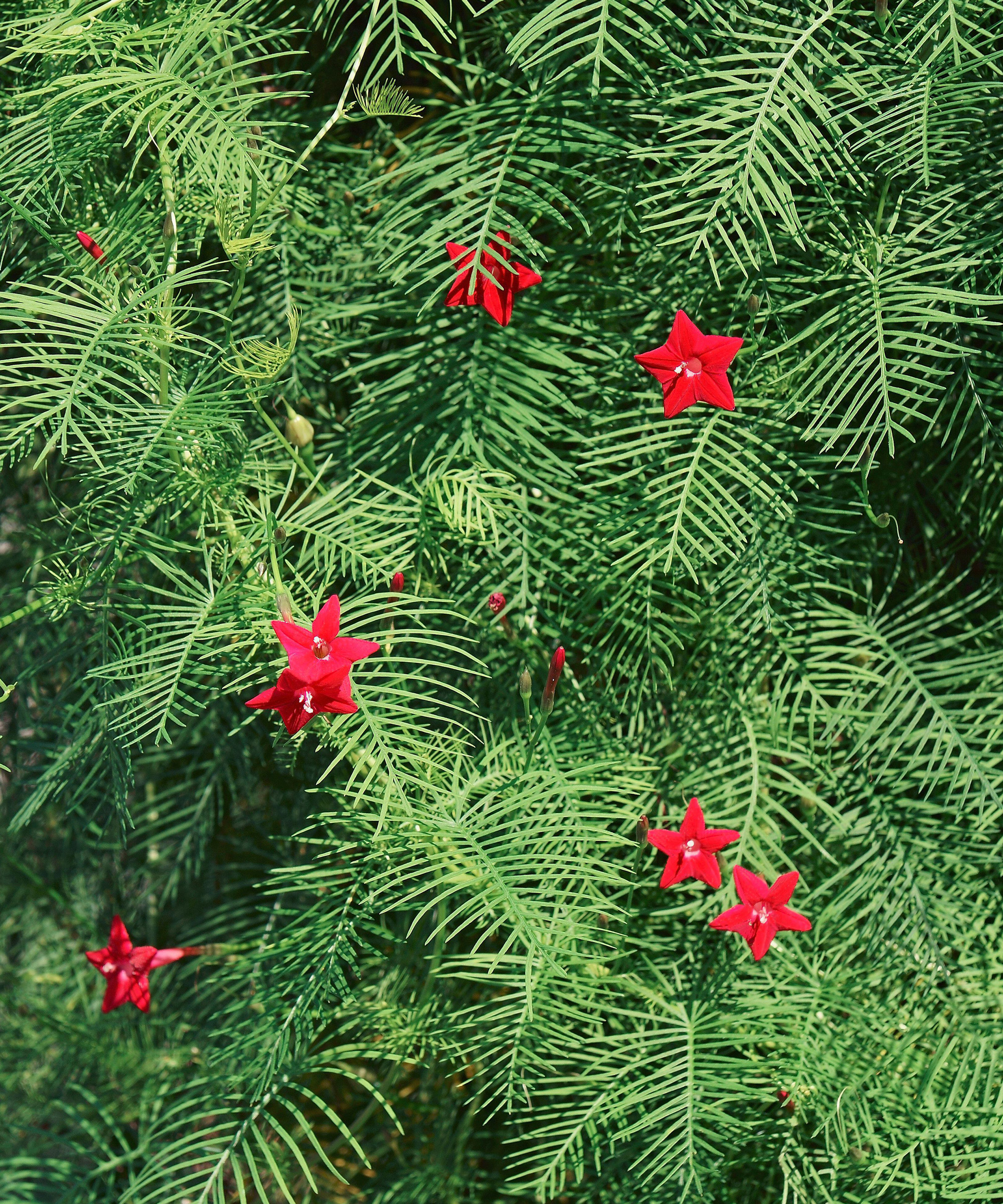
Are morning glories invasive?
Morning glories (and other related vines) are listed by some, mainly southern, states as noxious weeds. In many cooler parts of the country, they never cause problems, so invasiveness is not a concern. But different species may cause problems in specific areas – and there are also some related native species. If you are worried your morning glories might become invasive plants, consult expert sources or ask your local cooperative extension service for guidance.
As Saara Nafici points out for the Brooklyn Botanic Garden, morning glory is a controversial plant. 'It is cultivated as an ornamental garden plant by some and vilified as a weed by others,' says Saara. 'It easily outcompetes other plants, and can quickly colonize an area, but many gardeners are willing to accept these faults because of its lovely funnel-shaped blossoms,' she adds.
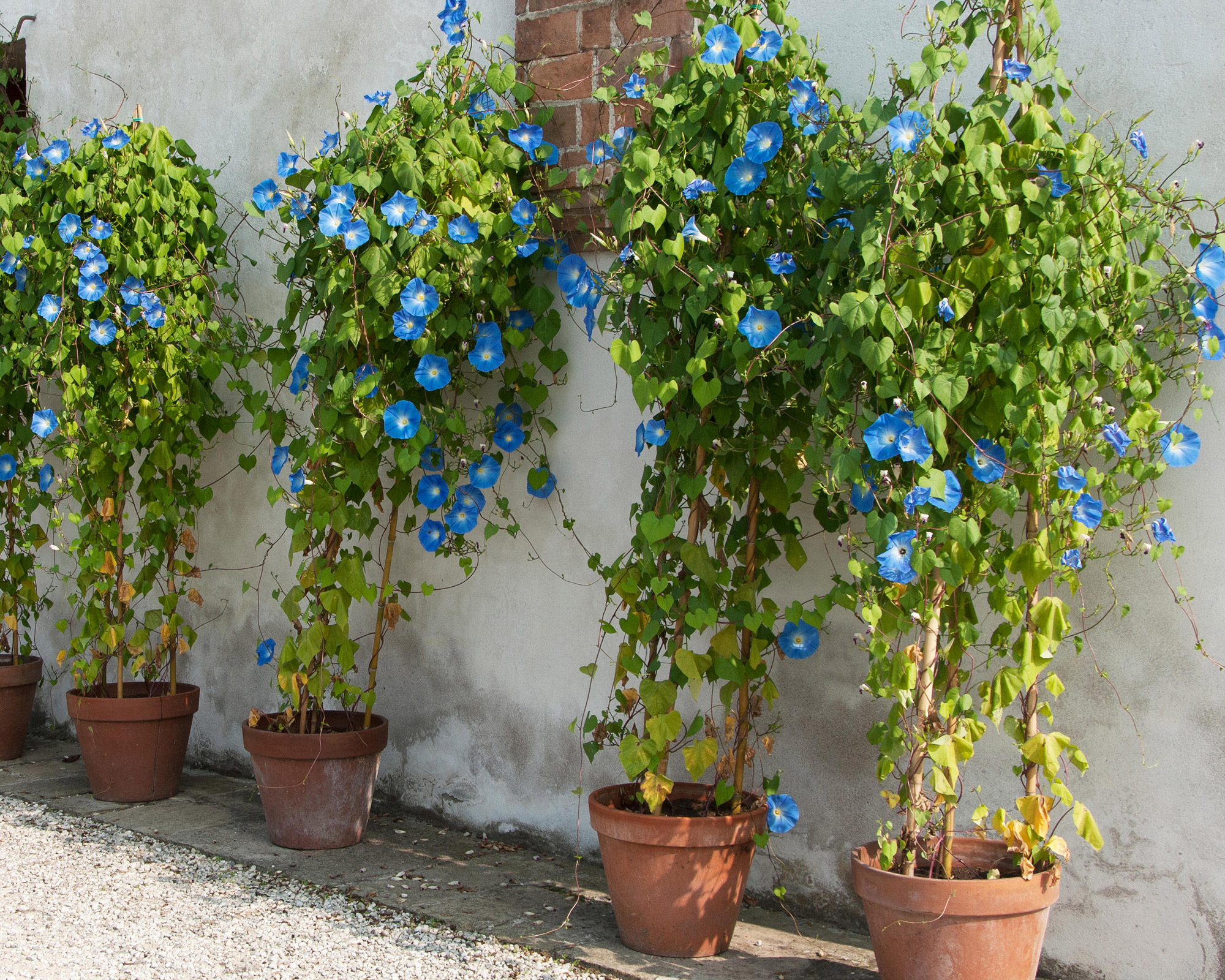
Where to buy morning glory
Morning glories and moonflowers are offered as seeds, both via mail order and at walk-in garden outlets, although a wider range of colors is usually available by mail order. Young morning glory plants are vulnerable to breakages, so are rarely offered as plants by mail order. Even if you see plants offered by mail order, it is wiser to buy seeds instead.
Plants are sometimes offered in garden centers and other (usually high end) garden retail outlets, but tend to be fragile. Also, if they have been grown in warm conditions in the nursery, they may take time to adjust to life in your yard after planting. Use our quicklinks to find morning glory varieties for your garden.
Where to buy morning glory seeds in the US:
- Shop morning glory seeds at Amazon
- Shop morning glory seeds at Baker Creek
- Shop morning glory seeds at Burpee
- Shop morning glory seeds at Diane's Flower Seeds
- Shop morning glory seeds at Summerhill Seeds
Where to buy morning glory seeds in the UK:

Graham Rice is a garden writer who has won awards for his work online, and in books and magazines, on both sides of the Atlantic. He is a member of a number of Royal Horticultural Society committees and the recipient of the 2021 Garden Media Guild Lifetime Achievement Award.
